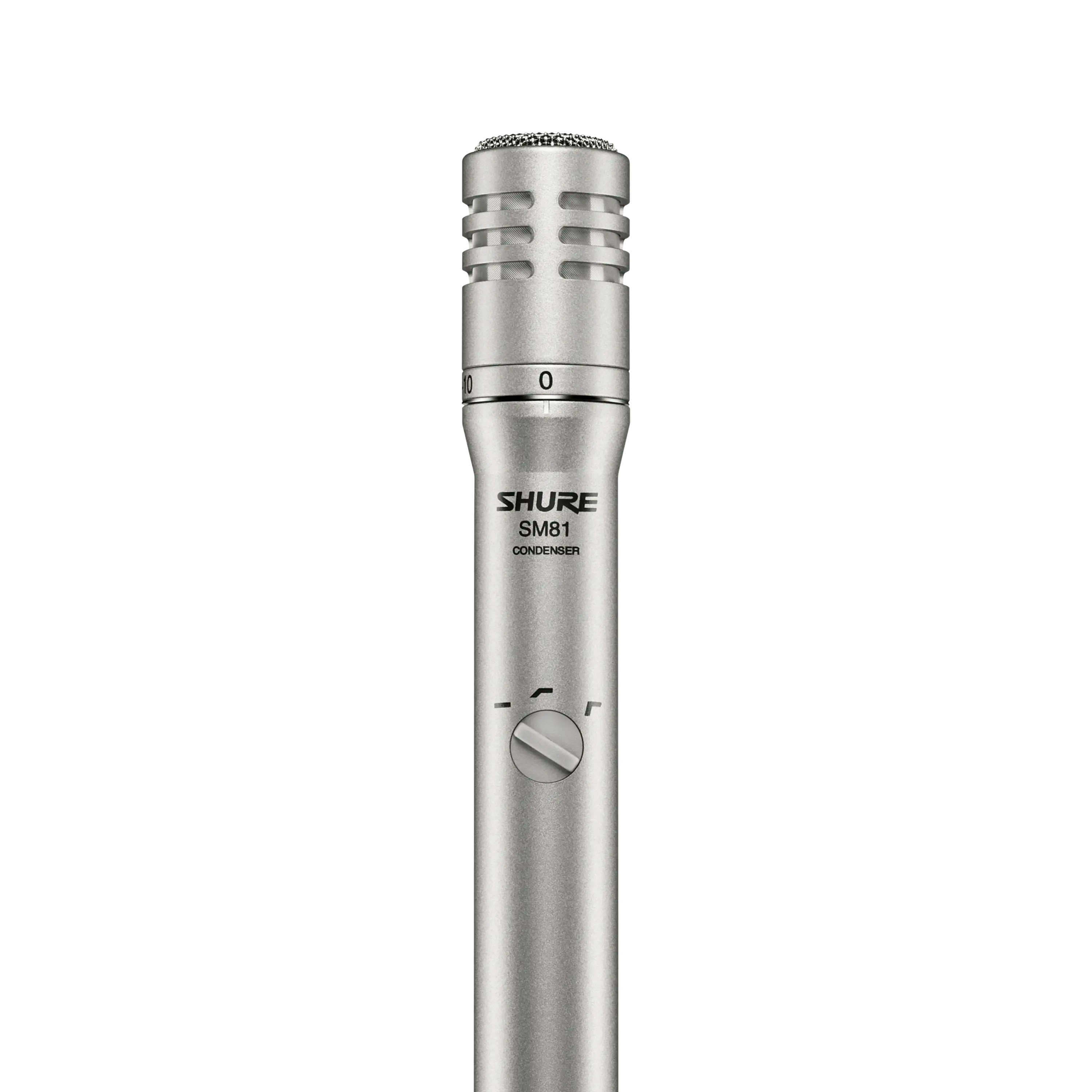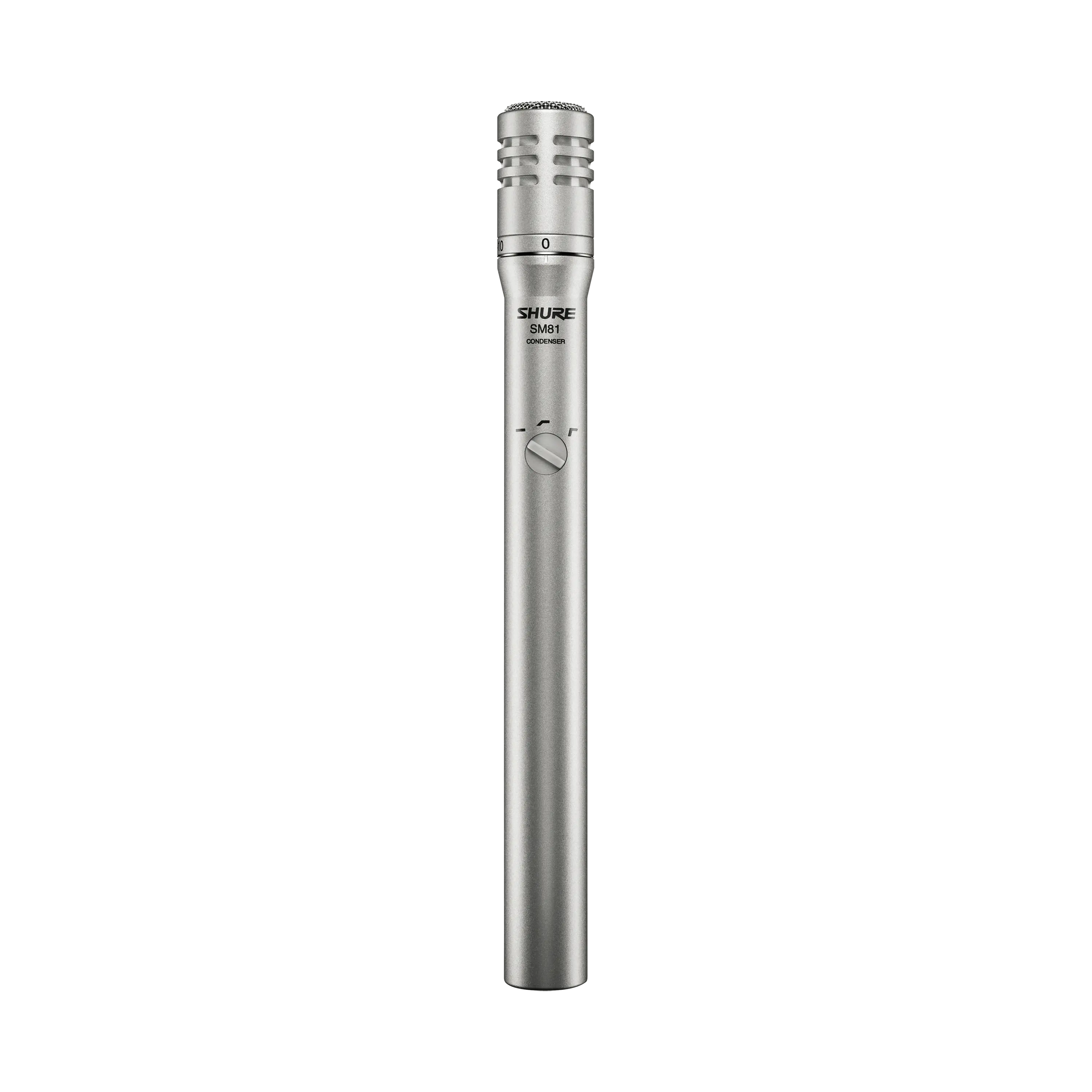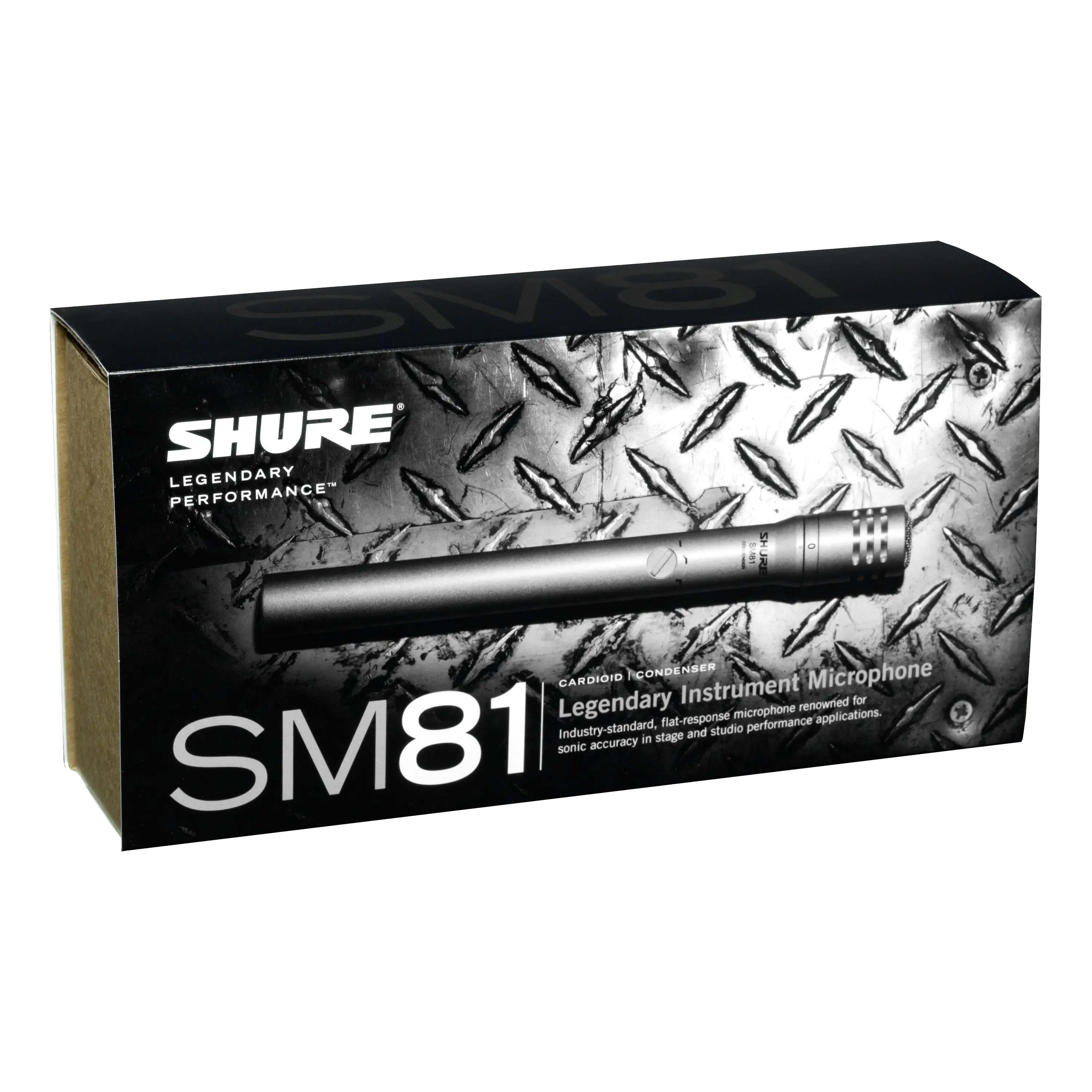Designing a Portable Church Sound System

This is a church that understands the concept of community. Launched just 12 years ago by Chris Tomlin and Matt Carter in the living room of Tomlin's bass player's house, The Austin Stone Community Church presently numbers four campuses across the greater Austin area and over 7,000 weekly congregants with a fifth campus scheduled to open next year. With the exception of one permanent facility, all of The Austin Stone's campuses are "portable" – meaning they're located within the unforgiving concrete walls of school gymnasiums.
How Todd Hartmann - who coordinates audio for a total of nine Sunday services across all four locations - does it is nothing short of a miracle. But a few weeks ago, he slowed down long enough to tell us what it takes to meet the standards of a city that knows good music and good sound.
[caption id="attachment_16128" align="alignnone" width="675"] Aaron Ivey Band at the 'Austin Stone Live' CD release First Tuesday event[/caption]
Aaron Ivey Band at the 'Austin Stone Live' CD release First Tuesday event[/caption]
This, after all, is a city that calls itself the "Live Music Capital of the World," so almost right from the start, The Austin Stone contracted with a production company in Dallas to fly the audio, lighting, and engineers when they moved into their main Austin High campus. By 2010, the church had grown to multiple locations throughout greater Austin. That's when Todd Hartmann, who had earned his stripes as a live sound engineer in the secular world, entered the picture.
"We were renting full production every week, and to be honest, every week was a guessing game. Which combination of loudspeaker cabinets, subs, amplifiers and processors would we be ending up with? Right away, I realized that we were spending too much on rental. We were doing four services for about five thousand people every Sunday. I knew we could get an A-list mobile tour grade rig for what we're paying every year in rentals."
For many audio techs working in brick-and-mortar churches, the idea of setting up a complete system and breaking it down several hours later may seem pretty daunting. But for someone like Todd, "it was a natural transition because I was essentially doing everything I was used to doing on show sites. Everything operated the same way."
"I spearheaded the project and convinced the leadership that purchasing gear was the right move. The liability, of course, was a very large capital investment. I'd already designed the system, so once everyone was on board, it was just a matter of putting all the pieces together."
Even though Todd was accustomed to the rigors of the concert scene, there were critical differences in putting together a portable system. "First of all, it's not an installed system. The racks had to be located within a reasonable distance from the stage, and everything had to be rack-mounted. Even the interlocking connects between the racks had to be multi-pin, quick-connect…everything…to save us time."
Without a venue's stage crew, add transportation issues. "When you're designing cases, you have to keep a truck pack in mind. Everything has to fit perfectly since it's probably going to travel on a 24′ box truck every week." Even weight is a consideration. "How many people is it gonna take to remove a lid off something? There isn't always a surplus of volunteer help for the audio portion of it, so we need to design rigs that just two people can set up. With our new system, we've got it down to about an hour and a half setting up and about an hour on the outs."
"Even though most of the services are held in gymnasiums, our services have the feel of a live music venue. Our worshippers feel every single hit of a kick drum or floor tom. We can't take a typical church-grade system and expect to get concert-quality results out of it. If I wouldn't spec it for a paid show, I wouldn't spec it here."
[caption id="attachment_16132" align="alignnone" width="675"] Pastor of Worship Aaron Ivey and the band at the main campus[/caption]
Pastor of Worship Aaron Ivey and the band at the main campus[/caption]
While each rig varies a little from campus to campus, we wanted to know what the basic system includes.
"One of our campuses has a previously installed Meyer M'elodie system and the others are d&b audiotechnik. We're aiming for that same (d&b) level of quality going forward.
We're sticking with a medium compact line-array format with an adequate complement of subs that gives us a solid 110 db of headroom at the farthest seat at the venue. We don't push it to the point where the low, mid-range is at its breaking point, but we know that it's going to be able to deliver the SPL. Our average services are at about 98 decibels: the same that you'd experience at a Passion or Hillsong conferences. We want the worship experience to envelop the worshipper and create an undistracted environment where no one cares if they're singing off-key."
And here's what Todd says you'll find in a typical mic locker:
(1) Shure Beta 91
(1) Shure Beta 52
(6) Shure SM57
(6) Shure Beta 58
(5) Shure SM81 or KSM137
(2) Shure KSM32
(3) Heil PR31
(1) Heil PR30
(1) Palmer PDI-9
(6) Countryman Type 85 Active DI
We expected frequency issues to be a challenge considering the number of live music venues in Austin. And even though The Austin Stone uses eight channels of wireless in-ears and two channels of wireless belt-packs for the pastors, their mostly neighborhood campus locations don't present much in the way of interference.
"There isn't a lot of wireless traffic in those particular ranges. All of our stuff is in the (470 – 530) G1 band. The schools where we're located are in residential areas, so there aren't many times when we run into something and have to re-scan. But when we go into performance venues in town, we have to re-scan everything. We'll pull out a Wireless Workbench and see what traffic looks like there, but for the most part, once we're at one of our campus venues, the frequencies stay clean."
Let's not forget acoustics. According to Todd, "they're almost all acoustically hostile environments. Imagine a 150-foot by 100-foot cinder block gymnasium." Since The Austin Stone doesn't use permanently or even portable acoustic treatments, we wanted to know how he's able to achieve that great live concert sound.
"The first step is finding loudspeakers with great directivity, a loudspeaker's ability to make sure the pattern drops off where the manufacturers says it's gonna drop off. So if it's a 75-degree horizontal box, most boxes that only applies to the high end. In the mid-ranges it's still spewing out 180-degrees all over the walls. And that's why you have to have system tuning. The d&b boxes maintain constant directivity down to about 400 Hz. There's a lot less energy being sprayed onto the walls making for a much cleaner-sounding room."
Here was a surprise. Except for the volunteers who unload and pack up the portable rigs, The Austin Stone hires vocational engineers. "I have volunteers who help me with the load-in and setup part, but not in actually running the system. Sound engineering is a professional trade. If you're able to perform at that level, you should be compensated for it. That's been our approach from the Chris Tomlin days."
With Todd's long history in sound engineering and nearly four years designing and running sound systems for The Austin Stone's expanding campus locations, we wondered what advice he could offer for congregations looking to build the same kind of "rock this house" audio standard.
In fact, find the right person and you may even want to consider hiring him or her on a freelance basis.
[caption id="attachment_16133" align="alignnone" width="675"] Todd (third from left) and crew at Austin's Frank Erwin Center for the 2012 Easter Sunday service.[/caption]
Todd (third from left) and crew at Austin's Frank Erwin Center for the 2012 Easter Sunday service.[/caption]
TODD HARTMANN, Audio Engineering Coordinator at The Austin Stone and A1 systems engineer for Big House Sound in Austin, is also a contributor to ProSoundWeb and a featured speaker at SXSW.
Tips from Todd Hartmann at The Austin Stone
Evolution
Designing a System
Basic Rig
Frequency Issues
Acoustical Challenges
Hiring Professionals
Advice for the Church Planters
- What's your worship culture? Do you need something that is a really big rock 'n roll kind of feel? And if not, then you can get away with a lot less.
- What does the room need? I always advise people to find loudspeakers with great directivity and to point the boxes at people and not at walls. If that means elevating them, putting up a pipe and drape to block off a back wall, all of those things will greatly affect your end result and how a room sounds.
- If there's a professional sound company in your city that does concert tours, talk to someone there. You'll get an unbiased opinion from somebody who works in the live music industry and deals with mobile stuff. They'll also be able to shoot you straight on what your room actually needs and how to build a rig that makes sense for the volunteers taking it apart and putting it together every single week.













